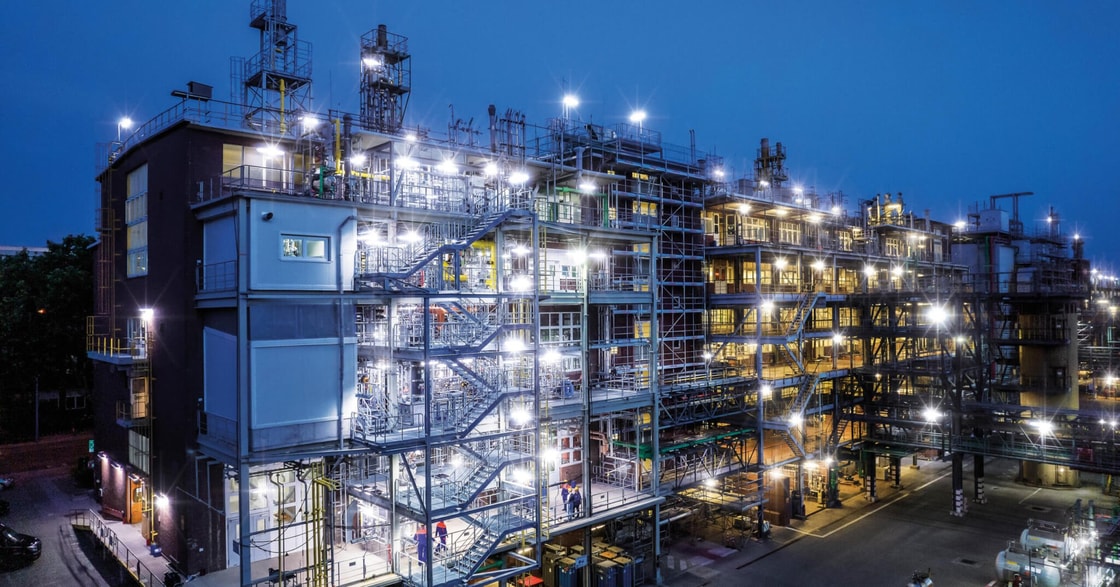
Under a strategic collaboration, the US oil and gas giant will take methane pyrolysis developed by the German chemicals firm over the past “several years” to deliver an “efficient, cost-competitive, low-emission hydrogen solution.”
The technology has been developed by BASF in a project funded by the German government.
“We have been working on this technology for more than a decade and developed a superior reactor concept that we have successfully validated at our test plant in Ludwigshafen,” said BASF Chief Technology Officer Dr Stephan Kothrade.
H2 View understands BASF’s pilot plant has been operating since 2021 at the German site.
Methane pyrolysis is a high-temperature process that breaks down natural gas into ‘turquoise’ hydrogen and solid carbon using electricity without combustion.
With solid carbon – often in the form of graphite or graphene – an increasingly valuable product, the pathway is being viewed as a viable alternative to green and blue hydrogen production, which continues to face high costs.
Exxon’s President of Technology and Engineering Mike Zamora said the pathway could also allow for low-emission natural gas-based hydrogen production in regions without the geology to support carbon dioxide storage.
Through a joint development agreement, Exxon and BASF intend to build a 2,000-tonne per year hydrogen plant based on the technology at Exxon’s Baytown petrochemical complex in Texas.
Currently, there are only a few live methane pyrolysis demonstration plants globally.
However, in recent years, there’s been growing activity on the technology, with more and more players hoping to crack the technical requirements and business case.
Methane pyrolysis gains ground in the hydrogen production debate

